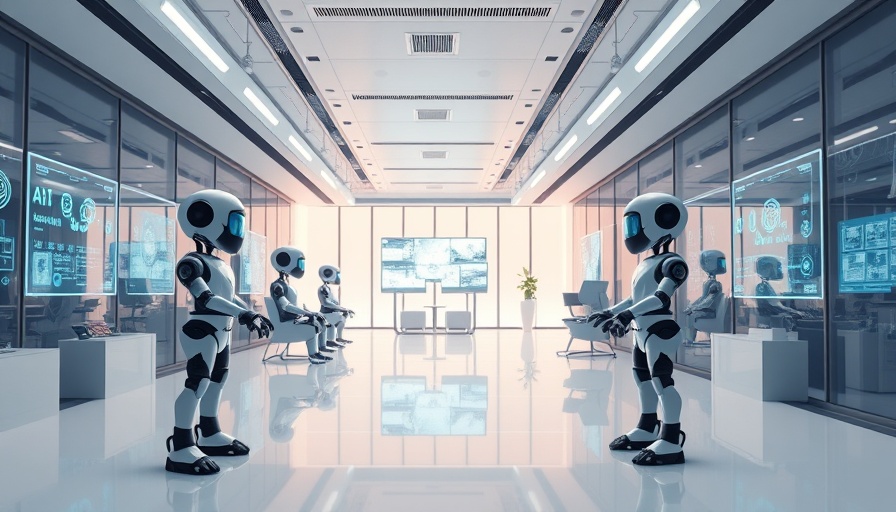
The Role of Physical Innovation in AI's Future
In an era where technology often feels abstract and detached from daily life, the integration of artificial intelligence with physical infrastructure is crucial. Innovators must focus on practical applications, not just flashy features that serve no real purpose. This perspective resonates deeply with the lessons learned during the conceptualization of the first iPhone. When Steve Jobs emphasized user experience over mere specifications, it laid the groundwork for creating technology that truly enhances everyday life.
Connecting AI to Real-World Applications
As highlighted by Nvidia CEO Jensen Huang, the pathway to AI’s next revolution lies in its ability to bridge digital innovations with tangible benefits. Leaders in tech are recognizing that understanding the laws of physics and the mechanics of the physical world can propel the effectiveness of AI technologies. By placing AI within everyday contexts—be it in manufacturing or agriculture—we can unlock its full potential and provide real value to various industries.
Lessons from the Past: Building Technology that Helps
The development of the first iPhone taught us that technology should simplify, not complicate. When we initially considered a click wheel interface reminiscent of old rotary phones, it became clear that user-centric design is paramount. Moving forward, the tech community must heed this lesson as we continue to develop AI. If AI can genuinely make life simpler—taking over burdensome tasks without requiring elaborate user input—it holds the power to revolutionize how we interact with our environments.
Opportunities for Future Growth in the Tech Industry
The excitement surrounding AI is palpable, yet it comes with challenges and responsibilities. With startups leveraging AI faster than ever, akin to the rapid innovation cycle we witnessed with Nest, the question arises: How can we ensure these technologies are deployed responsibly? Addressing such concerns requires not only visionary leadership but also active engagement with local business ecosystems in places like Silicon Valley. This interaction can foster sustainable practices and responsible technology deployment, paving the way for healthier tech growth.
Making the Most of Technological Advancement
As we shape the future of AI, business professionals must remain vigilant about the tools we utilize. Approaching these advances with a mindset focused on sustainability and the inherent value they bring to society is essential. By prioritizing responsible innovation, we can ensure that technology serves as an ally in our everyday lives, paving the way for a brighter, more efficient future.
 Add Row
Add Row  Add
Add 



Write A Comment